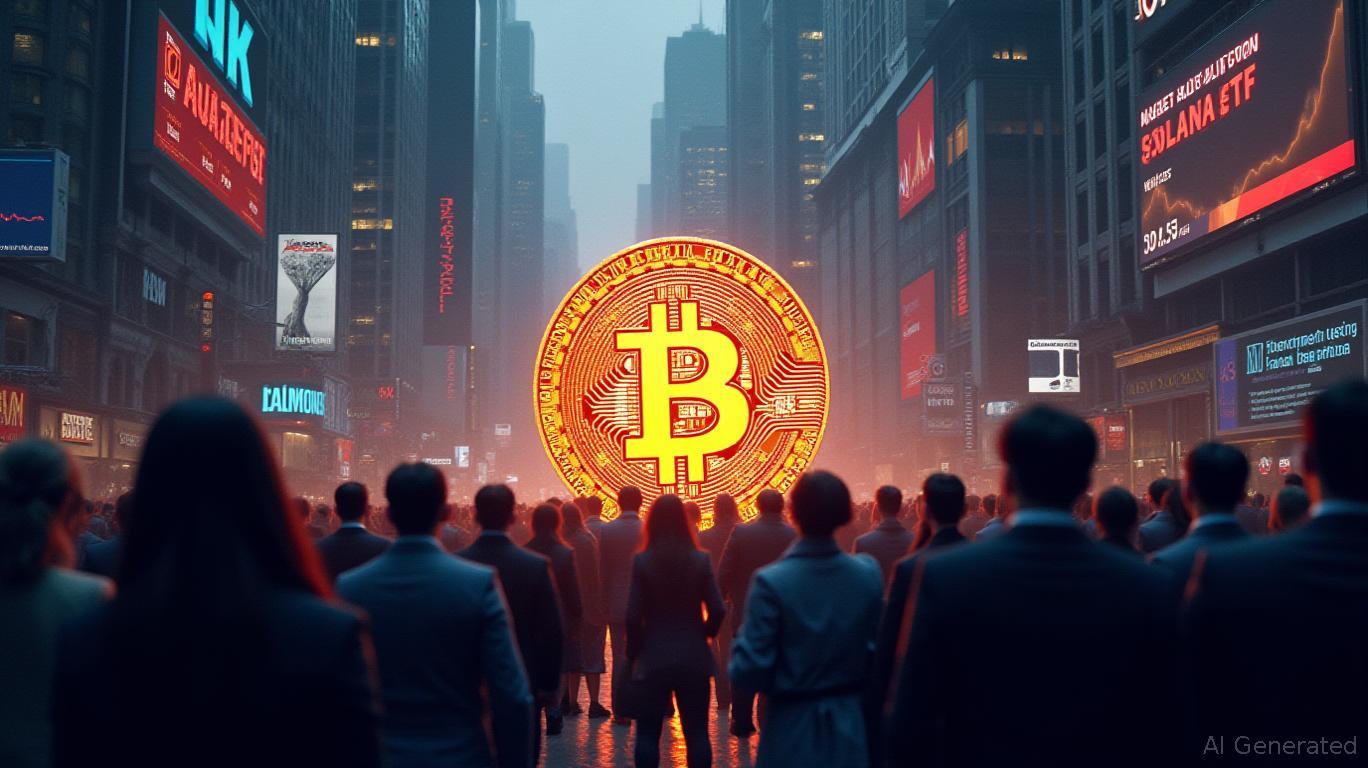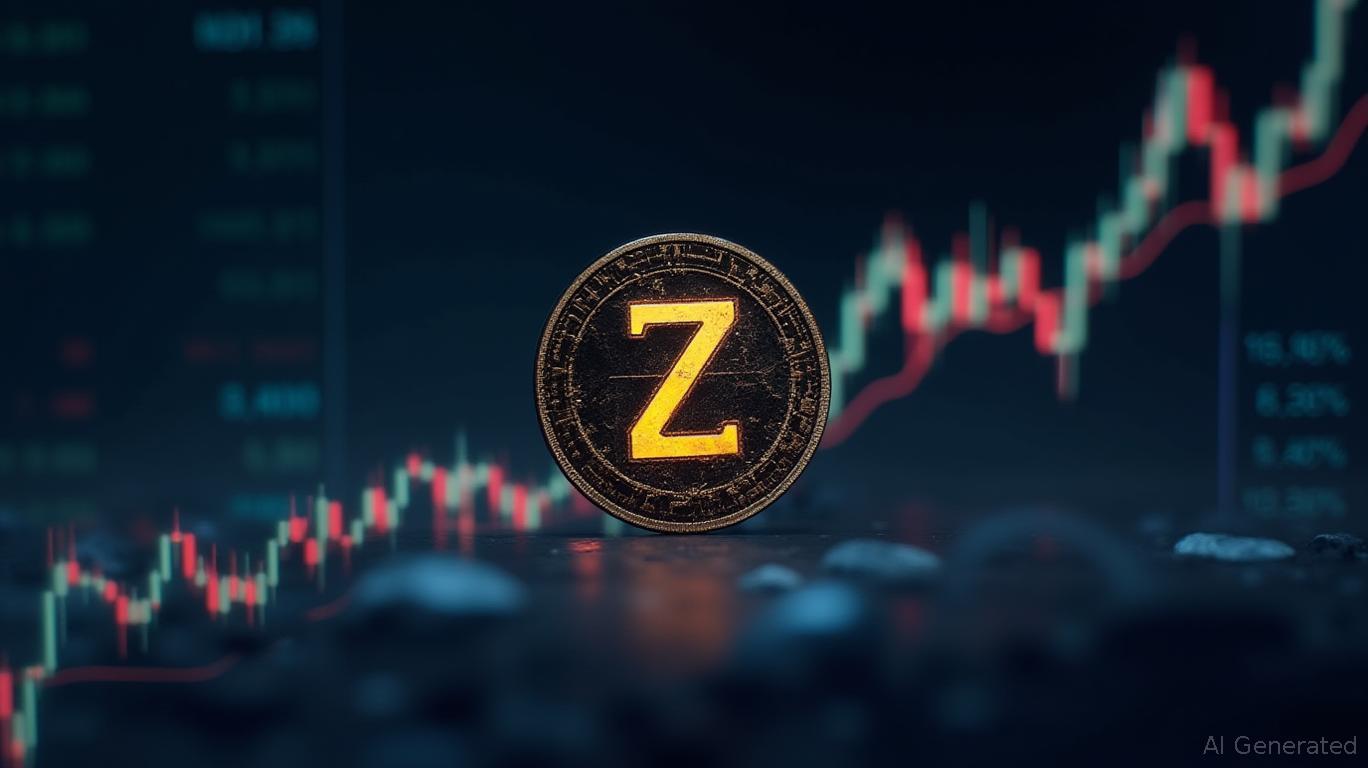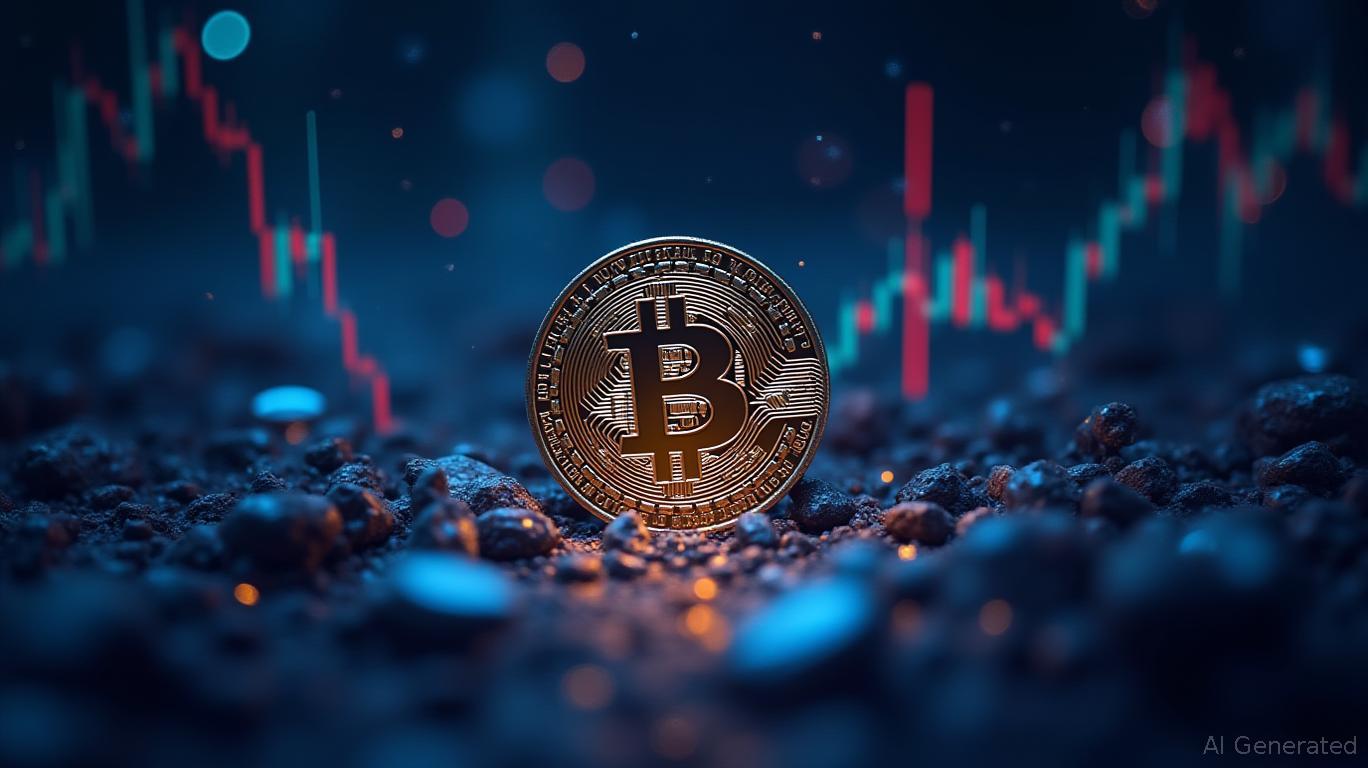MEV's Tendency to Centralize Poses a Challenge to the Fundamental Principles of DeFi
- MEV (Maximal Extractable Value) destabilizes DeFi markets by enabling miners/validators to reorder transactions for profit, imposing a "hidden tax" on retail traders through front-running and sandwich attacks. - Aditya Palepu highlights systemic risks: 80% of MEV costs fall on retail users, while institutions avoid DeFi to mitigate front-running risks, undermining market liquidity and stability. - Trusted Execution Environments (TEEs) encrypt transactions pre-execution to block front-running, but vulnera
Maximal Extractable Value (MEV) is increasingly recognized as a significant obstacle to the broader adoption of decentralized finance (DeFi) by institutions. Industry leaders in the crypto space caution that MEV acts as an unseen fee for everyday users and threatens the stability of market operations. As noted in
The root of the problem lies in the transparency of transaction data before it is finalized, which allows arbitrageurs and validators to take advantage of unequal access to information. Research cited by Coinotag shows that retail participants bear as much as 80% of these associated costs, while institutions often steer clear of DeFi to avoid being front-run. Palepu stresses that this transparency issue undermines the reliability of the market: "When institutions are unable to engage efficiently, it negatively impacts everyone, including individual investors," he told Cointelegraph, highlighting that institutional involvement is typically essential for creating more robust and liquid markets.

Trusted Execution Environments (TEEs) are being explored as a promising remedy. These secure computing frameworks encrypt transaction data on the client side and only decrypt it within a protected enclave after the transaction order is set. By concealing transaction order flow until execution, TEEs remove the possibility for front-running and sandwich attacks, as described in Coinotag’s analysis. Palepu emphasized their potential: "Their real strength lies in processing trades confidentially, so your trading strategies remain private until the transaction is complete," he explained to Cointelegraph.
Statistics highlight the widespread impact of MEV. According to an analysis referenced by the European Securities and Markets Authority (ESMA), 24% of
There is ongoing debate within the industry about whether the prevalence of MEV could lead to greater centralization in DeFi, which would go against its core principles. Supporters believe TEEs could pave the way for massive institutional investment by rebuilding confidence, while skeptics warn that technical and governance challenges must be overcome. As
---
Disclaimer: The content of this article solely reflects the author's opinion and does not represent the platform in any capacity. This article is not intended to serve as a reference for making investment decisions.
You may also like
Solana News Update: Institutional Shift Toward Bitcoin Diminishes Solana ETF Progress
- Solana's price fell to $182 on Oct. 30, its steepest drop since Oct. 10, after Jump Crypto sold $205M in SOL for Bitcoin. - Despite $199M inflows into new U.S. Solana ETFs, Bitcoin ETFs saw $191.6M outflows, showing institutional capital shifting to Bitcoin. - Jump Crypto's 1.1M SOL-to-BTC conversion highlighted a "flight to safety" amid trade negotiations, while Solana's staked value dropped 29.65% in 30 days. - Grayscale's Solana Trust ETF conversion and Hong Kong's approval signaled growing institutio

XRP News Today: XRP's Tactical Ascent: Companies Accumulate Digital Asset as a Safeguard Against Macroeconomic Risks
- XRP adoption surges as corporations build treasuries to hedge macroeconomic risks, led by $500M+ investments from Trident Digital, Webus, and VivoPower. - Evernorth becomes largest XRP treasury holder after $1B merger, listing as XRPN on Nasdaq to institutionalize XRP exposure. - Ripple accelerates XRP integration via $1B GTreasury acquisition and regulatory partnerships, positioning XRP for cross-border payments and DeFi. - Upcoming Swell event will highlight XRP's strategic role in supply chain and ass
XRP Latest Updates: Privacy or Regulation? Zcash Emerges as a Rival to XRP Amid 700% Price Jump
- Electric Coin Co. (ECC) unveiled a Q4 2025 roadmap prioritizing Zcash's privacy upgrades, usability, and secure fund management amid a 700% price surge and 4.5M shielded ZEC. - Zcash's optional privacy model and zk-SNARKs expanded anonymity sets, driving institutional interest and surpassing Monero as the largest privacy coin by market cap. - Key upgrades include ephemeral transparent addresses, P2SH multisig for Keystone wallets, and automated address rotation to reduce transaction linkability risks. -

Ethereum Updates: XRP Faces Challenges While ETH Remains Flat, Leading DeFi Users to MUTM's High-Return Protocol
- Mutuum Finance (MUTM) has raised $19M in presale, targeting a Q4 2025 Sepolia Testnet launch with 17,600+ investors. - Its dual-lending model (P2C/P2P) and automated liquidation bot, plus 90/100 CertiK audit, position it as a secure DeFi alternative to XRP/ETH. - With 45.5% tokens allocated to presale and a 500% potential return for early buyers, MUTM's deflationary buy-and-distribute model drives investor optimism. - Future plans include Layer-2 integration and a Chainlink-secured stablecoin, aligning w
